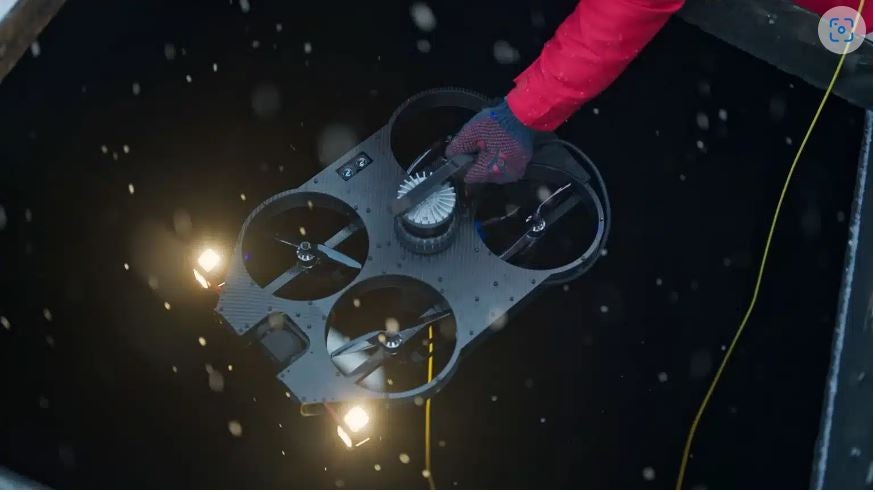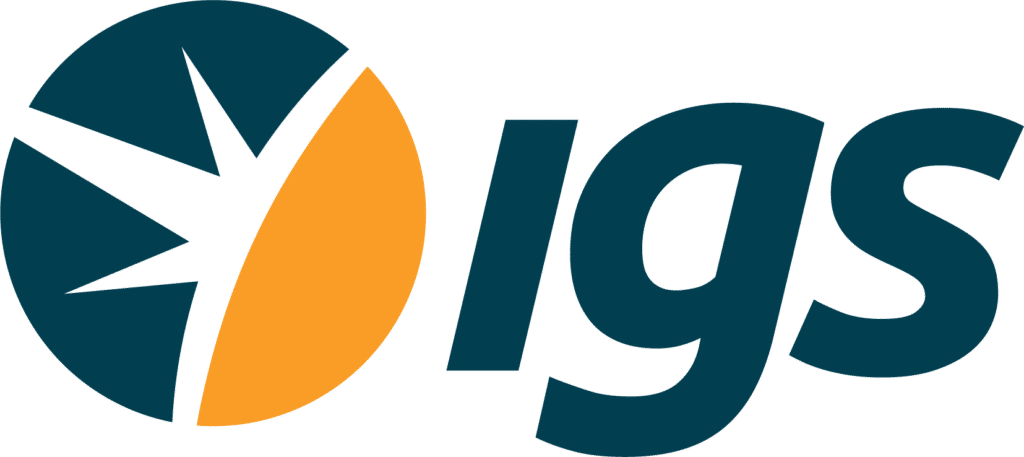
Inspection drones, also known as unmanned aerial vehicles (UAVs) or unmanned aircraft systems (UAS), are becoming widely used for industrial applications as a safer, faster and more economical way to conduct often complex inspections.
In the pulp and paper industry, traditional inspection methods come with many challenges including reduced production rates and costs such as labor, scaffolding, and equipment. Other challenges include the complexity and size of boilers, with intricate systems and components, as well as safety and access concerns.
Many of these challenges are being overcome by embracing more advanced inspection methods such as drone technology, which offers several benefits over traditional inspection methods, including:
1. Safety
Inspection drones are remotely operated negating the need for workers to access hazardous or hard-to-reach areas. Scaffolding scope is greatly reduced or removed entirely, and a confined space inspection becomes easier to complete with drones that can be safely navigated around the boiler or other industrial assets. Safety is significantly improved by minimizing the risk of injuries and accidents.
2. Cost-effective early detection
Most industrial drones have a maximum operating temperature of 42oC, enabling drone inspections to be conducted whilst the boiler or digester is cooling down. This allows inspection data to be analysed earlier during a turnaround and any issues identified and resolved, preventing costly downtime.
3. Improved data collection
The drone creates an accurate 3D map of the environment, and remote HD live streaming of images and videos aids collaborative decision-making between maintenance managers, regardless of where they are in the world.
3-D mapping creates an accurate data set to conduct additional reviews and root cause analysis after the outage is complete to minimise the risk of future damage or boiler failure.
4. Reduced downtime
Regular drone inspections ensure that potential issues are identified early, allowing timely maintenance or repairs to take place. Any areas of interest can be logged and documented for monitoring purposes. This reduces unexpected downtime and production interruptions.
5. Rapid inspections
Inspection drones can cover large areas and structures in a relatively short amount of time; it usually takes one shift to complete a drone inspection. This provides rapid assessments and reduces operational disruptions. Furthermore, high-powered illumination and integrated sensors allow the drone to operate safely in any light conditions.
Conclusion
Overall, inspection drones provide a valuable tool for improving the efficiency, safety, and effectiveness of industrial inspections, making them an increasingly popular choice for sites looking to enhance their inspection and maintenance processes.
SMARTGard drone inspection
IGS’s SMARTGard drone inspection service is available to pulp and paper facilities worldwide. Boiler and digester equipment experts are on hand to analyse the inspection results with your team and offer tailored remedial advice and proven solutions. This service extends asset availability, reduces emissions and costs, and improves reliability.

